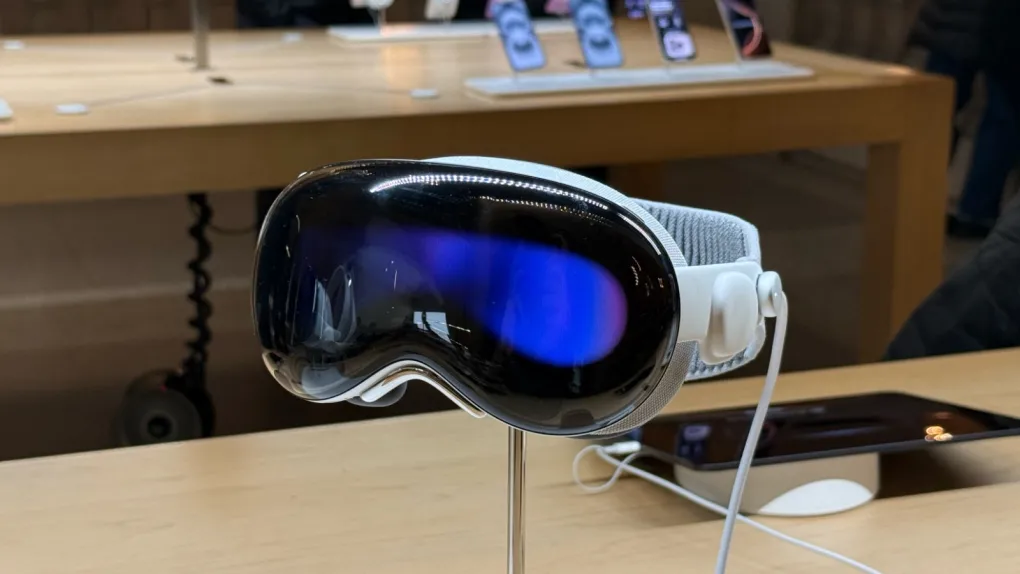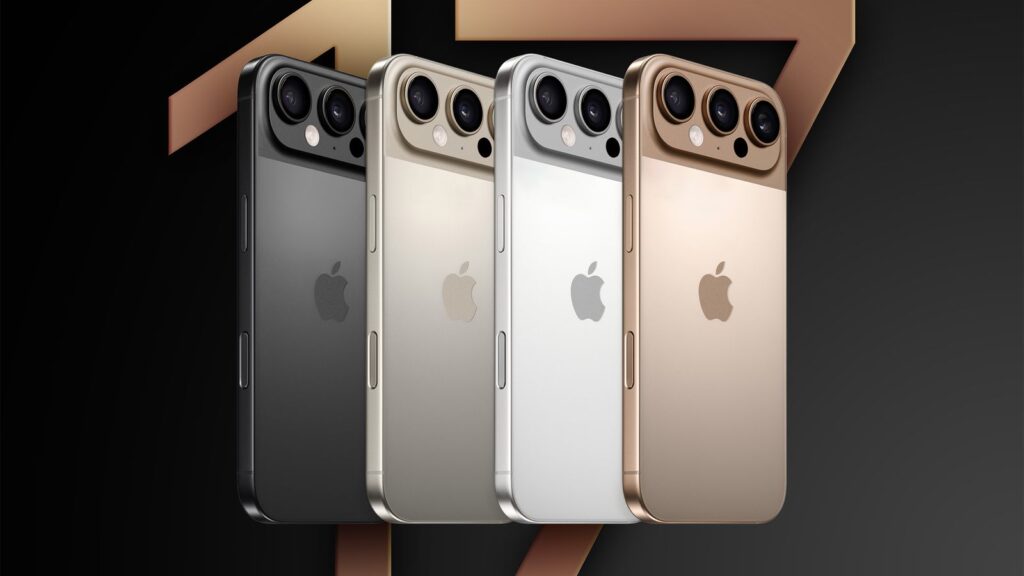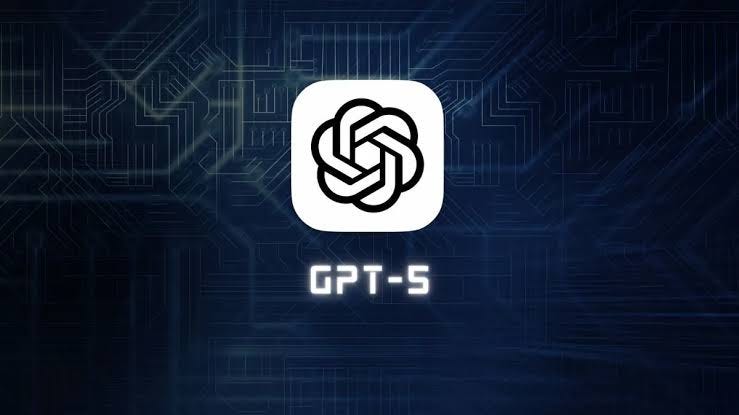Apple Mixed-Reality Strateg
Apple never publicly discusses its evolutionary path of hardware in advance, but there is extensive insight into what its immediate future holds through supply-chain leaks and developer logs. Following the flashy and costly introduction of Vision Pro, Cupertino is planning to divide its headset line into two branches: professional Vision Pro 2 and a cheaper, lighter Vision Air, which will be targeted at the general user.
Vision Pro 2: Pro and Potent
A prototype hints at an M5-class system-on-a-chip, which will more than double neural-engine throughput to support real-time environment mapping and hand tracking. Two panels featuring 4K micro-OLED technology are still available, with their brightness increased by 25 percent and their field of view expanded to 135 degrees. Eye-tracking cameras are integrated into a single module, reducing weight while improving accuracy in foveated rendering. Apple is also experimenting with a slimmer external battery that is magnetically attached to the back strap-gone are the days of having a hanging pack in your pocket.
The Mass-Market Play-Vision Air:
Vision Air prioritizes approachability over horsepower. It has been reported to have a plastic-aluminum hybrid shell with 2.1K OLED displays, which remain ahead in pixel density compared to top VR headsets. The chip within it is an A19, along with a miniaturized neural processor that processes hand movements and 3D object anchoring at 60 frames per second. Apple hopes to undercut the current iPad Pro with a launch price close to the existing one by removing LiDAR and replacing the Zeiss lens inserts with user-adjustable pancakes; the potential audience is now immensely larger.
Shared visions Gains
Both headsets will come with visionOS, a version 3 with multi-window Spaces, a persistent Mac-modeled OS desktop, and Apple Pencil, serving as a 3D stylus. A redesigned compositor will enable developers to stack multiple depth layers without worrying about draw calls, and a new SceneKit-to-SwiftUI bridge cuts boilerplate, finally unlocking the creation of mixed-reality dashboards. Importantly, visionOS 3 extends guest profiles to the system level, allowing a family to share a single headset and avoid confusion between personal libraries and Safari logins.
Finding Opportunities as a Developer
The dual-tier strategy employed by Apple has two key advantages. The cheaper entry point of Vision Air welcomes first-time gamers, as well as full-immersion fitness and travel applications that require installing frames. Indeed, its much broader field and crisp optics are crying out to be used with professional design tools, surgical planning, and Hollywood-level virtual production with Vision Pro 2. The development of responsive layouts that are dynamically adaptive in detecting the display class and upscaling textures will enable a single codebase to be used in both markets.
Looking Ahead
Assuming the timeframes, then Vision Air may launch at the March 2026 Apple event, followed by the September release of the Vision Pro 2. The Apple ecosystem of its new spatial-computing system will then have its full complement, with third-party accessory makers offering snap-on prescription inserts, battery grips, and motion controllers. To users and developers, the next two years will make today’s costly display a common screen tomorrow.



